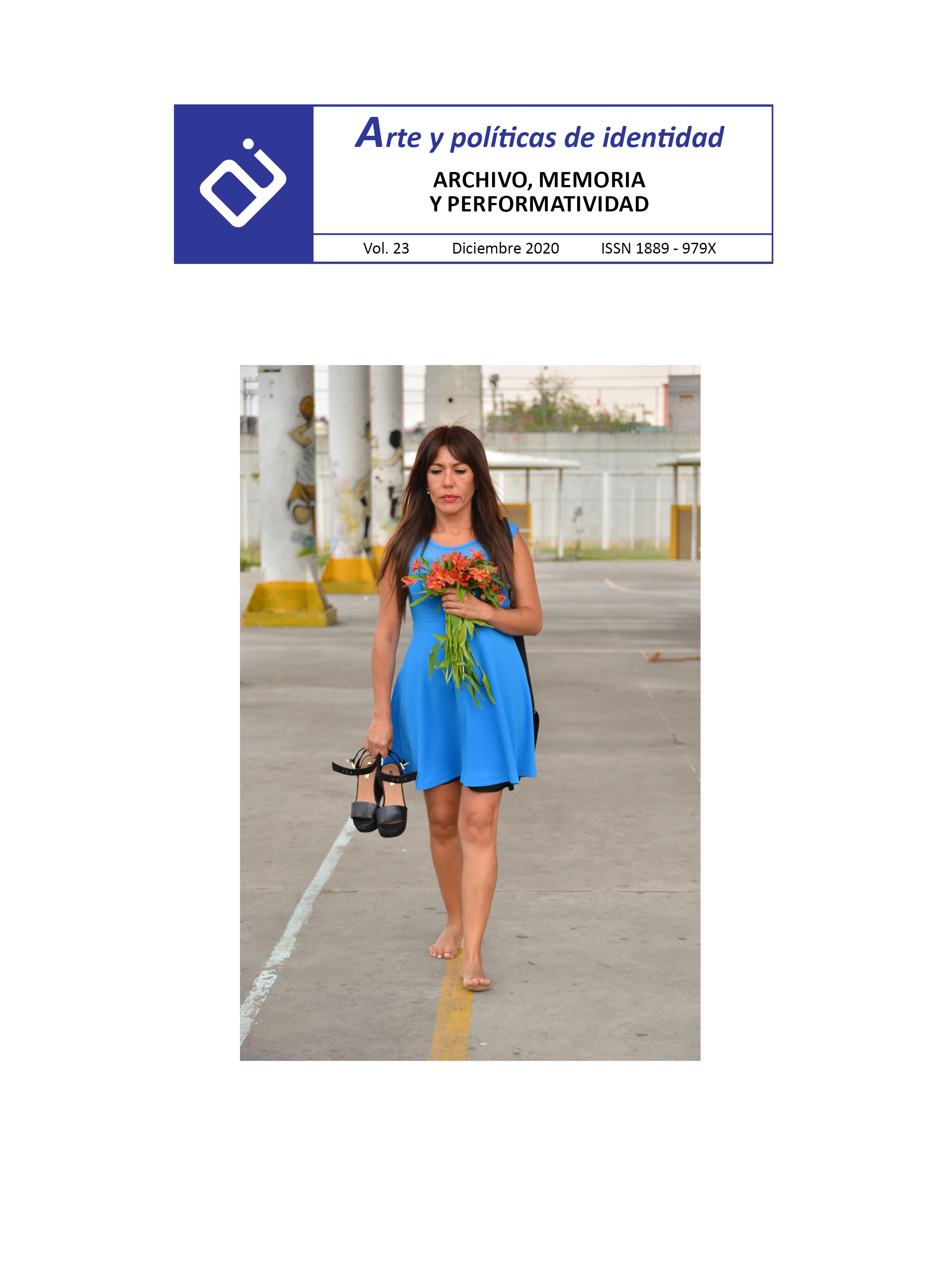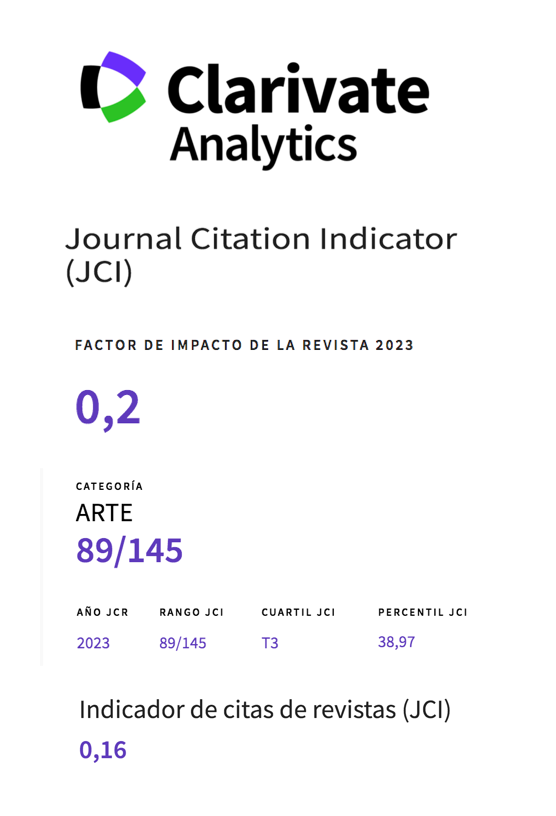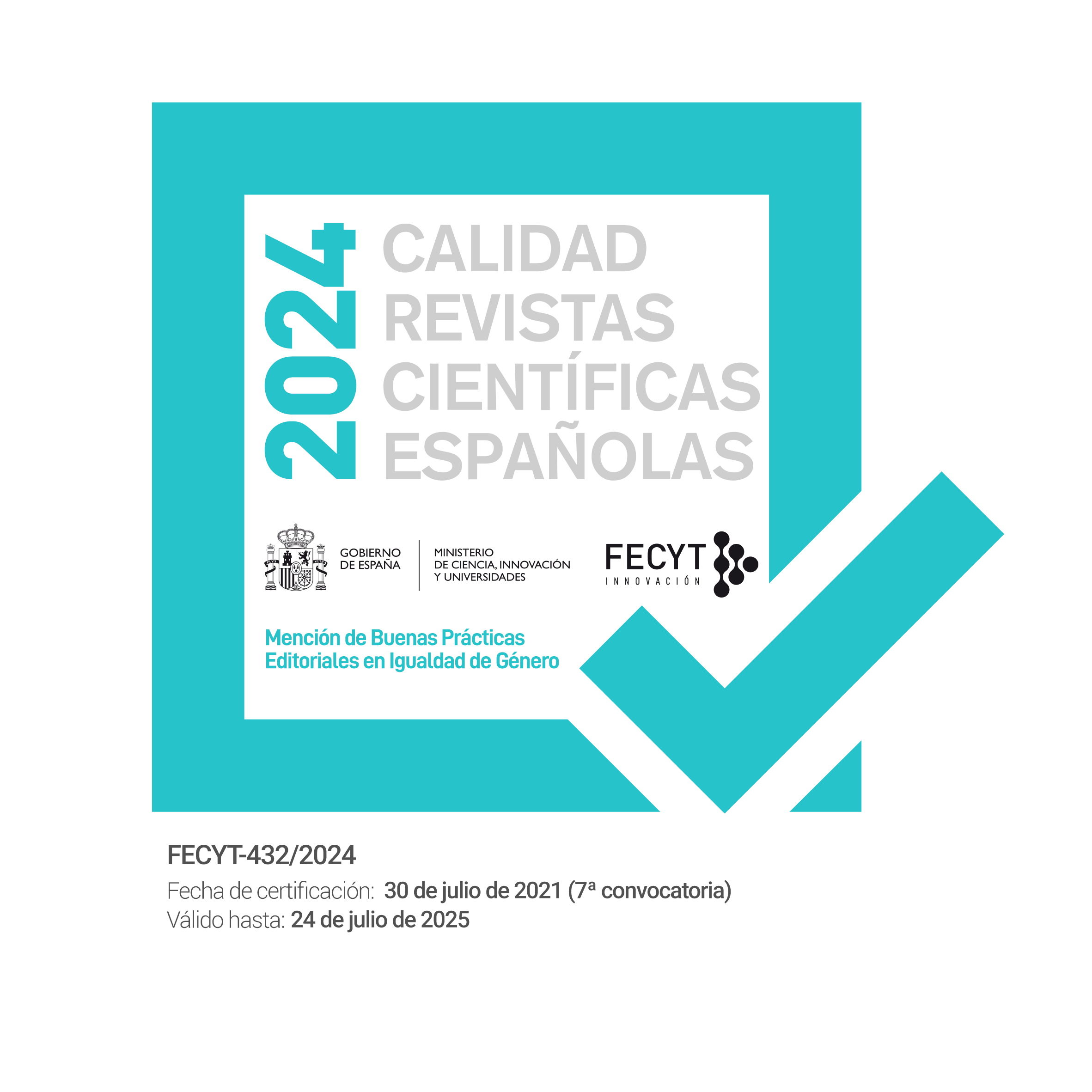Memes and Politics of Identity. The power of laughter in digital culture
Abstract
One of the most archaic and obvious forms of communication is laughter. In digital culture, humorous images, in particular satirical ones, they join in mass society through the configuration of ideas and identities. During the 19th century, identity and nationalism have been two sides of the same coin. Their representation through symbols and ideas are still evident today.
At the national level, Catalan identity not only continues to have the nationalist connection typical of the nineteenth century, but it also became an identity phenomenon of its own, closely linked to the process for independence. For that reason, and with the aim of highlighting the power of current humorous images such as memes, we will see through the Catalan case how these images become the expressions of identity memory.
Downloads
-
Abstract2234
-
PDF (Español (España))1324
References
Abril, G. (2013). Cultura visual, de la semiótica a la política. Madrid: Plaza y Valdés.
Anguera, P. (2006). Cataluña en la España contemporánea. Lleida: Editorial Milenio.
Bergson, H. (1947). La Risa: Ensayo sobre la significación de lo cómico. Buenos Aires: Editorial Losada.
Bernárdez Rodal, A. (2001). Castigat riendo mores o de la función política de la risa. En El Humor y la risa (pp. 15-28). Madrid: Fundación Autor.
Cattini, G. (2017). Història i mites en el naixement del catalanisme polític. En F. Archilés (dir.) Inventar la nació. Cultura i discursos nacionals a l’Espanya contemporània (pp.163-187). Catarroja: Editorial Afers.
D’Ors, C. (2000). El noucentisme: presupuestos ideológicos, estéticos y artísticos. Madrid: Cátedra.
Dawkins, R. (1993). El gen egoísta. Las bases biológicas de nuestra conducta. Barcelona: Biblioteca Científica Salvat.
Freedberg, D. (1992). El poder de las imágenes. Madrid: Ediciones Cátedra.
Freud, S. (1969). El chiste y su relación con lo inconsciente. Madrid: Alianza.
Gómez Mompart, J. Ll. (2010). Metodología para el estudio de la sátira mediática. En E. Bordería Ortiz, F. A. Martínez Gallego y J. L.
Gómez Mompart (dirs.) La risa periodística. Teoría, metodología e investigación en comunicación satírica (pp. 39-55). València: Tirant lo Blanch.
Herrero de Miñón, M. (1991). ¿Qué es el nacionalismo? Ayer, 35, 201-206.
Kellner, D. (2011). Cultura mediática: estudios culturales, identidad y política entre lo moderno y lo posmoderno. Madrid: Akal.
Labanyi, J. (2002). Introduction: Engaging with Ghosts; Theorizing Culture in Modern Spain. En J. Labanyi (ed.), Construction Identity in Contemporary Spain. Theoretical Debates and Cultural Practice (pp.1-15). Oxford: Oxford University Press.
Máiz, R. (2014). Cultura e identidad en los debates del multiculturalismo y el nacionalismo. En S. Cruz Artacho, A. Valencia Sáiz (coords.), Identidad política y cultural en el siglo XXI: Nuevos discursos para Andalucía (pp.19-43). Sevilla: Fundación Pública Andaluza Centro de Estudios Andaluces.
Meso Ayerdi, K., Mendiguren Galdospin, T., Pérez Dasilva, J. (2017). Memes políticos difundidos por usuarios de Twitter: Análisis de la jornada electoral del 26J de 2016. El profesional de la información, 26(4), 672-683.
Recalde, J.R. (1999). Convivencia ciudadana y sentimientos de identidad. Ayer, 35, 191-200.
Ridao, J. (2012). Podem ser independents?: els nous estats del segle XXI. Barcelona: RBA.
Rouyet Ruiz, J. I., Joyanes Aguilar, L. (2012). El arte 2.0 como estètica de lo invisible. Bajo Palabra: revista de filosofia, 7, 185- 194.
Rowan, J. (2015). Memes: Inteligencia idiota, política rara y folclore digital. Madrid: Capitán Swing Libros S.L.
Ruíz Martínez, J. M. (2018). Una aproximación retorica a los memes de internet. Revista Signa, 27, 995-1021.
Shifman, L. (2014). Memes in Digital Culture. Cambridge, Massachussetts: MIT Press Essential Knowledge.
Steyerl, H. (2012). Los condenados de la pantalla. Buenos Aires: Caja Negra Editora.
Works published in this journal are subject to the following terms:
- The Service of Publications from the University of Murcia (publishing house) keeps the published works’ copyrights, and favors and allows the reuse of these works under the license indicated in point 2.
- Works are published in the journal’s online edition under the license Creative Commons Reconocimiento-NoComercial-SinObraDerivada 3.0 España(texto legal). They can be copied, used, disseminated, transmitted and publicly exhibited, as long as: i) the author and original source of publication are cited (journal, publishing house and work’s URL); ii) they are not used for commercial purposes; iii) the existence and specifications of this license are mentioned.
3. Conditions for auto-file. It is allowed and encouraged that authors share electronically their pre-print version (the pre-reviewed version) and /or post-print version (the reviewed and accepted version) of their Works before the publication, since it promotes its circulation and dissemination. RoMEO color: green.










